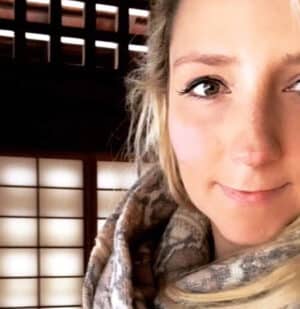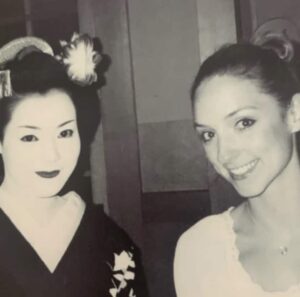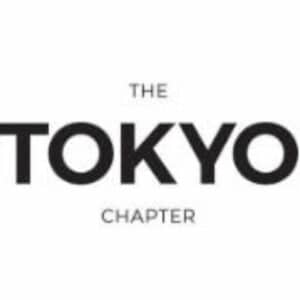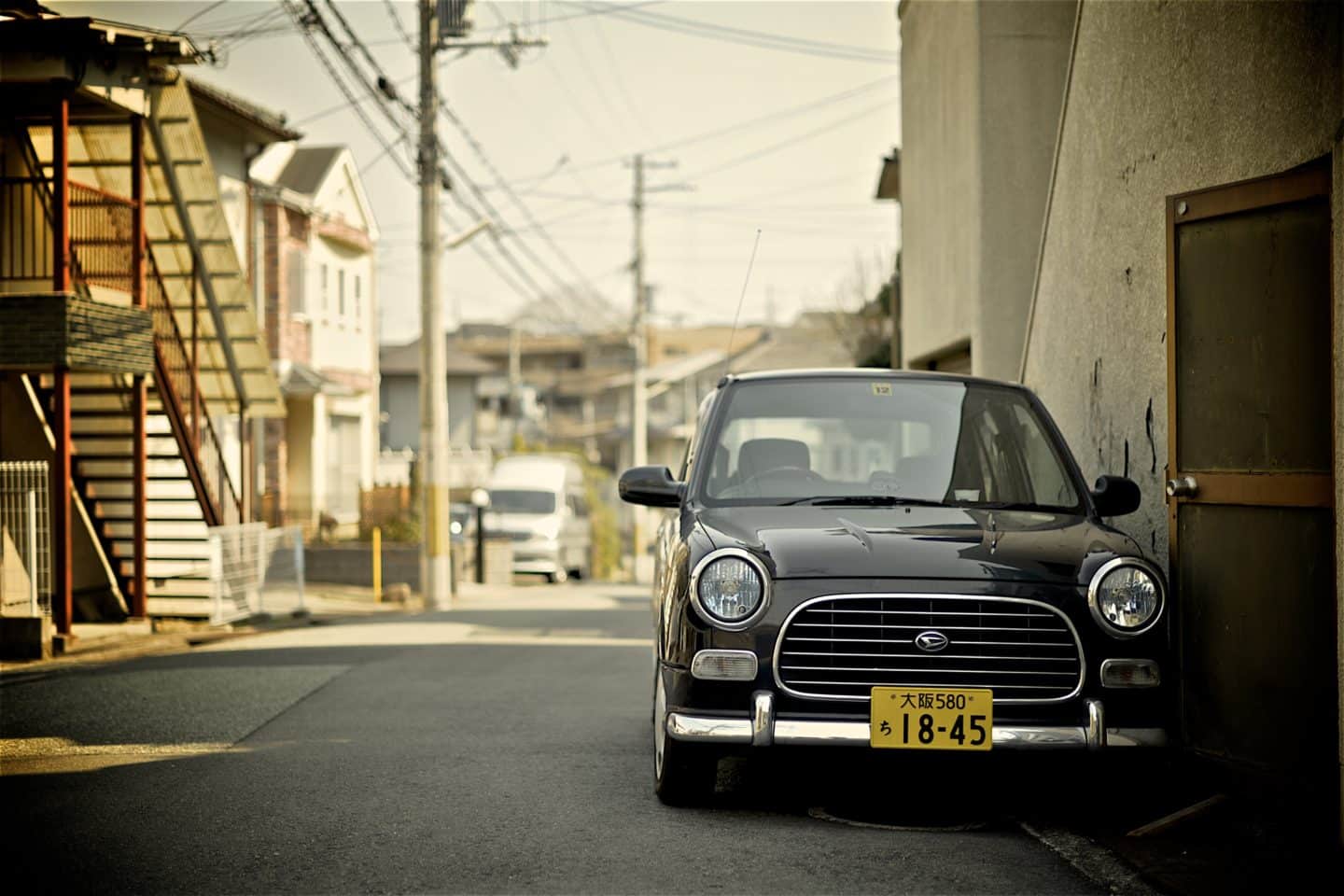
Please note that I can only compare driving in Japan to driving in Australia and South Africa. (As you can see, I’m fortunate enough to have only had to deal with left-hand side of the road driving locations so far in my life.)
PLEASE NOTE: This article contains some affiliate links. If you purchase something through one of these links, I will receive a small commission at no additional cost to you.
What is it like to drive in Japan?
I really enjoy driving in Japan.
I don’t find driving in Japan to be very stressful – or, at least, not stressful in the same way that driving can be in other countries.
I have never experienced road rage in Japan. I feel like most drivers are courteous and give other drivers the benefit of the doubt. I find the roads to be well maintained and the roadside stops on the highways are like no other. Many of them are like a mini-shopping mall and you will be given advance notice via highway signs if the roadside stop carpark is full.
Click here to go straight to Klook and rent a car in Tokyo now (Please note that you will need an international drivers permit – organised in your home country.)
Extra tip: In Japan, roadside stops with shops and restaurants are referred to on maps and signs as SA , as in Service Area. Places with a simple toilet and just a vending machine or two? PA – Parking Area.
Here is the most amazing roadside stop service area with a Mt Fuji view !
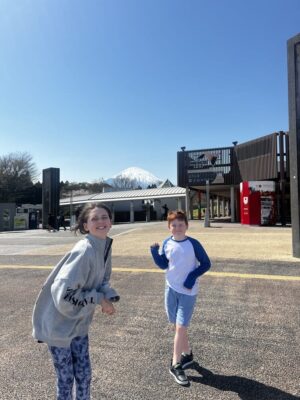
So what are the things that I have found to be even a little bit stressful?
Number 1 for me is traffic on the weekends heading back into the city. The traffic jams are so bad after 3pm on a Saturday, Sunday or Public Holiday. So, if you must drive back into the city from an hour or so away from Tokyo, I would leave before 3pm OR as late at night as possible – after 9pm, even.
When there is a lot of traffic congestion, it is driving etiquette in Japan to then put on your hazard lights to alert drivers behind you that everyone will be slowing down for traffic.
After that is parking, yes, it is expensive in the centre of the city but the actual dimensions of a carpark can be stressful. Sometimes I feel that street parking or coin parking allows for only the exact size of the car – which means for a lot of maneuvering . I’m not great at parking anyway – but Japanese street parking is next level tricky – even in the suburbs, every inch of land is precious and needs to be used accordingly.
Tiny little side streets. In the suburbs, the teeny tiny streets can be stressful. My navi system says something like ” obey the road rules and watch the road width” before a tricky labyrinth appears before me. I usually then go a different way than try and …err… scratch the side of the car … which I may have done in the past.
Does it matter if you don’t speak or read Japanese?
I think you can honestly get by without any Japanese. However, ONLY if you have a great English speaking navigation system in your car.
Without Japanese, you will miss out on last minute (digital) highway notifications on hold ups for accidents or roadworks.
You will also find it a bit more stressful if you are pulled over by Japanese Police at any point (even more reason to obey the rules, right?) but not impossible. Japanese traffic cops are not unkind. Just very to the point.
I got pulled over for crossing the orange car lane lines and I did get a ticket. But my little boy was in the back and really wanted to “meet” the policeman and the man was kind enough to stop and say hi afterwards and ask for his name ( I was horrified but it was also a bit funny.)
Are traffic fines and parking fines are expensive?
Compared to Australia, driving infringements are MUCH cheaper ! (The fine for crossing the orange lines was around 7500 yen – mind you ,that was my first offense so maybe it’s more expensive later?)
However, to park illegally on the side of the street can be more like 30,000 yen! This is because of the lack of space in Japan and this is a real problem.
So why do you still see so many cars pulled over to the left?
Well…there is an unusual loophole to this street parking law…. you’re allowed to remain on the side of the road IF there is a passenger in the car. The moment the car is empty, you can receive a ticket or the car can be towed.
Major differences for me?
– You must have zero alcohol in your system as a driver in Japan.
– You can’t cross the orange lines between car lanes ( see my story in the point above)
– Be care when turning into suburban streets, unlike Australia is it not uncommon to have a green turning arrow but for pedestrians to also have a green walking light. Check, check, check
– Another point regarding turning into side streets and at major city intersections, as well as looking for people traffic, you will need to check for bicycles on the road AND on the footpath
– Children are not legally required to sit in child seats ( I spoke more about this in my taxi post here) but I wanted to make sure we still had the best quality and to match with Aussie standard, even when renting a car
– You must stop a red stop signs even if there is no traffic at all ( a rolling stop is not accepted as a stop)
– You must stop before crossing a railway line ( a rolling stop is not accepted as a stop)
How to locate car parking spots?
Your navi in your car will help you with locating a car park. For live availability you can use apps (only in Japanese) like Park Smart or the Times Parking app.
I also like the Mitsui RePark website here (Japanese only)
How much does coin parking and facility parking cost?
In large parks, amusement parks and events the standard seems to be 500-1000 yen
Inner city parking is expensive. As much as 2500 yen per hour in some parts. Suburb parking and country parking can be more like 2500 yen for 24 hours. It depends on the area.
Some carparks will have a lever that will lift up and release when you have paid.
Others will take a photo of your number plate as you drive in, to be followed up on later, should you fail to pay the correct amount.
9 times out of 10, carparking fees are to be paid just before you leave the carpark.
Disneyland and Disneysea parking is 2500 yen for the full day for a normal sized car (3000 yen on the weekends and public holidays.)
Extra Tip: If you are parking in a large shopping mall or cinema complex, take your carpark ticket with you when you make purchases. There are almost always large discounts for customers who spend more than 3000 yen.
Things to check before driving in Japan for the first time
You will need an international drivers license that will need to be arranged before leaving your home country.
Make sure you have your license and residency card or passport with you when driving.
Be sure to have an English speaking NAVI – not only for directions but to update you with changes in traffic conditions. It will also help you in the centre of town where there are lots of one way streets.
Make sure you have a highway toll system attached to your car and, if not, make sure you have a lot of cash available to pay for tolls as you go. This is a good site for working out how much tolls will be (it can be a little confusing unless you know exactly where you are going to go though.)
Best to have cash on you regardless. You never know when you might run into a toll or parking space that will not accept cards (most parking places outside of the city will ONLY take cash)
Make sure to give other drivers the benefit of the doubt. Many people in Japan do not own cars. They are either renting or using a shared car system on the weekends for out of town trips or visits to Costco or Ikea. They may not be as confident as everyday drivers.
How expensive are toll roads?
You can search the toll roads cost on this site ( apologies as its a bit of a frustrating site to use)
For long trips, you might be best to take the bullet train and then rent a car at your destination (if you really, really need a car.)
Please also note that toll prices depend on the size of your car with a “normal size car” being the cheapest option.
Tolls can often be the same or close to the price of a train ticket so it is worth doing some research in advance.
Is renting a car in Japan expensive?
Compared to Australia, I think, no. But it does require reservation in advance. For short day trips you may also want to look into a shared car option? Car sharing information here.
Is owning a car in Japan expensive?
Owning a car is expensive because, in additional to the car cost, there is shaken to pay. This is an amount paid to have your car inspected to ensure that it is roadworthy and safe.
It needs to be renewed every few years depending on the size of your vehicle. Read more about shaken here. You will also need to prove that you have a car parking space arranged before you are able to purchase a car.
On vacation, do I recommend car over bullet train for more than 1 or 2 hours worth of travel ?
Absolutely not. The locals take the trains for a reason. More convenient. Less Risk. Clean, reliable, easy.
FYI : This is the carseat I have for both of my kiddies
I bought them at Toyopet.
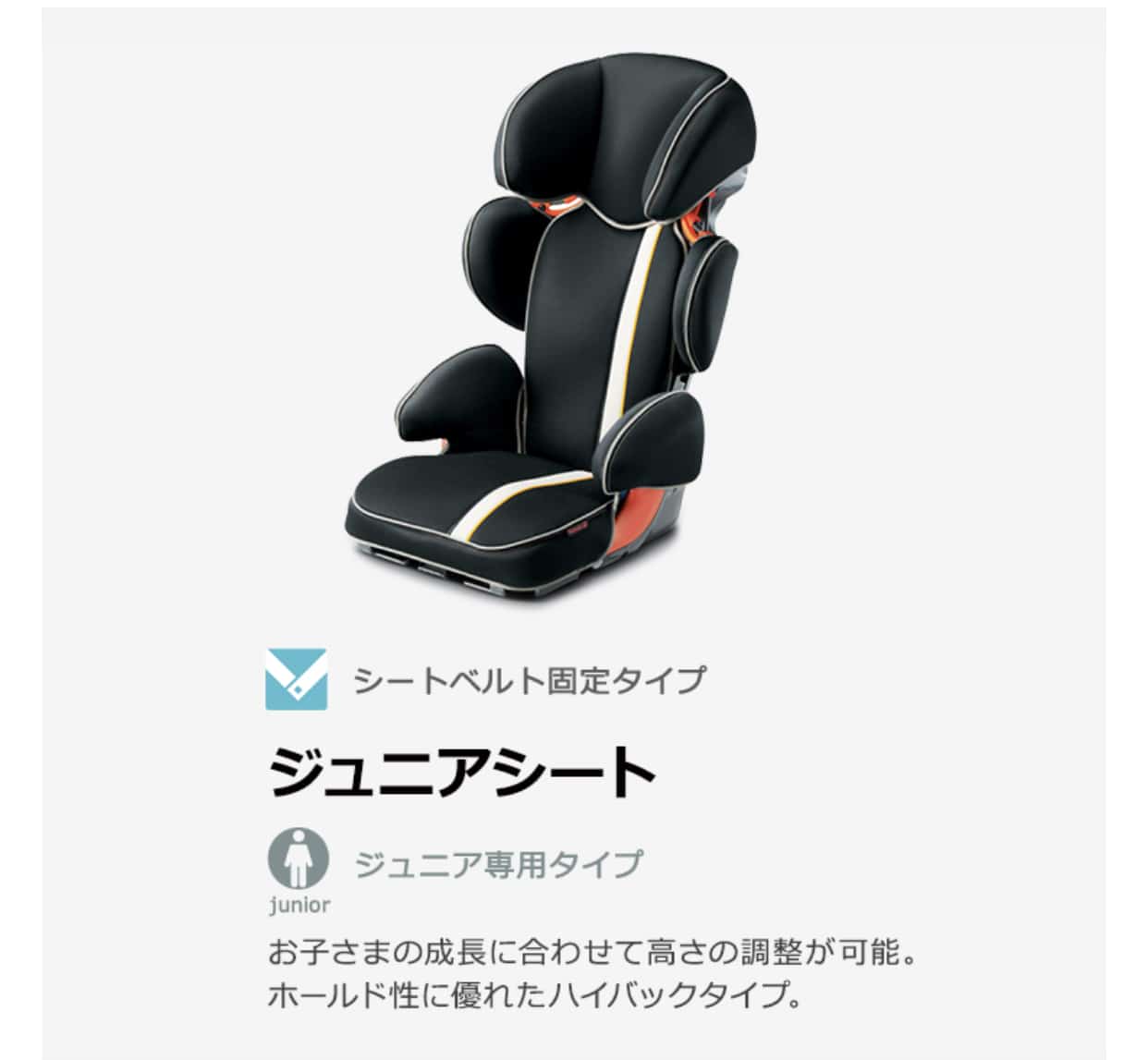
My favourite road trips from Tokyo?
A Day Spa in Oiso
Fuji Views (from several angles) that are fun for kids
Tokyo Parks with the Beautiful Flowers and the Bouncy Domes
Click here to go straight to Klook and rent a car in Tokyo now (Please note that you will need an international drivers permit – organised in your home country.)
PLEASE NOTE: This article contains some affiliate links. If you purchase something through one of these links, I will receive a small commission at no additional cost to you.

